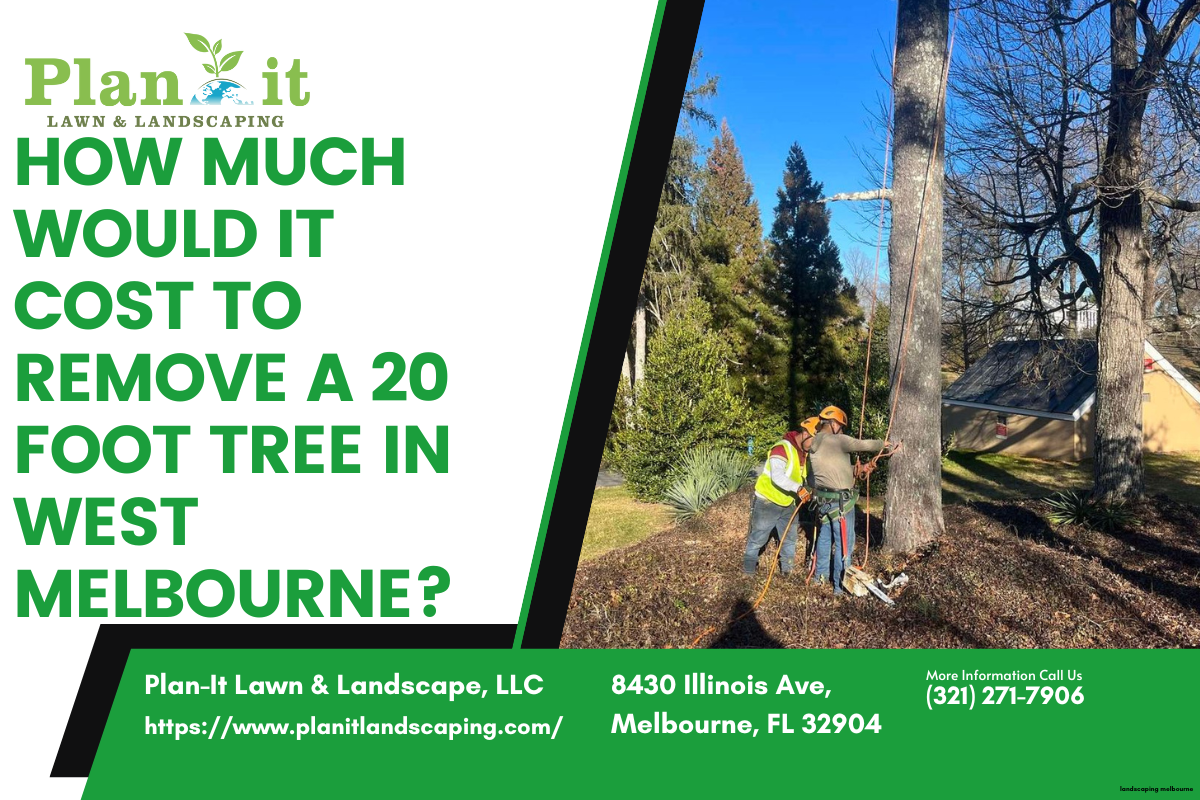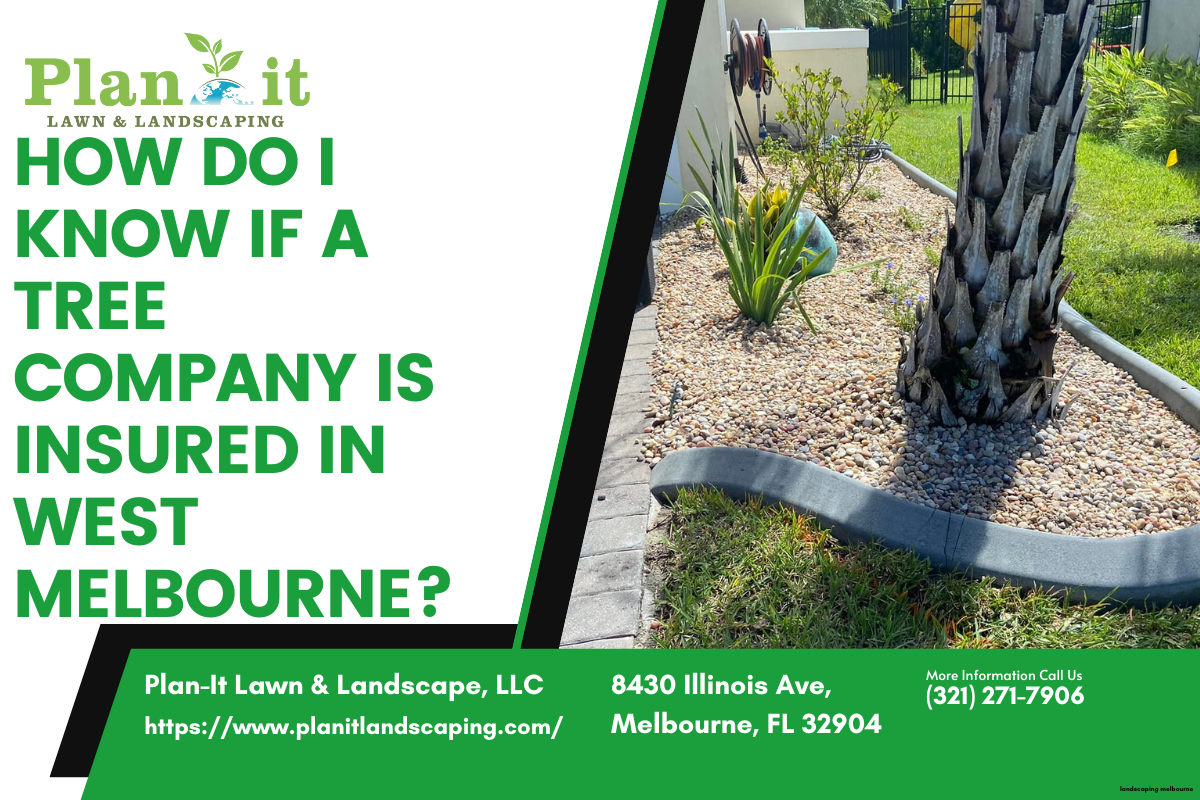TABLE OF CONTENTS
The Rule of 3 in landscaping is a design principle that suggests grouping elements in odd numbers, typically threes, to create visually appealing and natural-looking arrangements. For homeowners in West Melbourne, FL, this rule transcends basic aesthetics; it's a powerful, practical strategy for developing hurricane-resilient, low-maintenance, and authentically coastal landscapes by grouping specific salt-tolerant native plants and hardscape features.
Beyond the Basics: Demystifying a Common Design Mix-Up
Before we explore its practical power, it’s important to clarify a common point of confusion. Many people hear "Rule of 3" and think of the photographer's "Rule of Thirds." They are not the same. The Rule of Thirds is a compositional tool for framing a scene within a grid. In contrast, the Rule of 3 in garden design is about creating clusters and groupings. Instead of one isolated plant, you use three. Instead of two boulders, you use three of varying sizes. This simple principle of designing with odd numbers of elements immediately creates a more dynamic and less rigid feel in your yard. As a foundational concept, the principle of grouping in threes is a simple way to create a more natural look, which is the cornerstone of great landscape design.
Resilience by the Numbers: How Grouping Fortifies Your Landscape
For any of us living in Melbourne, FL, hurricane preparedness is a year-round consideration. How you plant can significantly impact how your landscape weathers a storm. A single, isolated palm tree is vulnerable, its root ball acting as a pivot point in high winds. However, applying the rule of 3 for planting shrubs and trees creates a powerful defensive strategy.
When you group three Sabal Palms or other sturdy native trees together, their root systems intertwine below the surface, forming a mutually supportive network. Above ground, their canopies buffer one another. This collective strength makes the entire grouping far more stable. Research confirms that grouping trees together can provide mutual support against strong winds, making them more resilient during a hurricane. This is one of the most practical and impactful benefits of using the rule of 3 for homeowners on the Space Coast.
The ‘Coastal Drift’ Aesthetic: Authentic, Low-Maintenance West Melbourne Design
A truly successful landscape design in our area works with, not against, our coastal environment. The Rule of 3 is the perfect tool for creating a "coastal drift" look that mimics the natural, windswept beauty of our dunes and hammocks. This involves layering trios of West Melbourne-appropriate plants to create visual interest, texture, and color that feels authentic.
Consider these Florida-friendly landscaping groupings:
- Foundation Planting: A group of three Coontie palms, with their deep green, sturdy fronds, provides an excellent, low-growing evergreen base.
- Textural Layer: Behind the Coonties, plant a cluster of three Muhly Grass clumps. Their soft, pinkish plumes create movement and a beautiful contrast in texture.
- Height & Structure: For a taller element, use a trio of Sea Grapes, which are famously hardy and salt-tolerant.
By using the rule of three for perennial beds and shrub groupings, you’re not just making things pretty. You’re being smart. These are native plants that have adapted to our sandy soil and salt spray. As the Brevard County guide notes, plants that grow on coastal dunes and in maritime hammocks are often very salt tolerant. Grouping these plants also aligns perfectly with Florida-Friendly Landscaping™ principles, as grouping plants with similar water and light needs simplifies maintenance and conserves resources. This means less watering, less fertilizing, and more time enjoying your yard.
More Than Plants: Applying the Rule of 3 with Hardscape
The principle of three isn’t limited to what's living in your garden. Effective hardscape design principles in West Melbourne also leverage this rule to anchor the landscape, create focal points, and add structure.
- Boulders and Rocks: A single boulder can look misplaced. Two can create an unnatural symmetry. But a grouping of three coquina or granite boulders of different sizes creates a powerful, natural-looking anchor for a garden bed.
- Container Gardening: One of the easiest ways to improve front yard curb appeal is with pots. Instead of lining up identical pots, use the rule of 3 for container gardening. Group three pots of varying heights and sizes near your entryway. This creates an inviting and sophisticated statement.
- Landscape Lighting: To highlight a feature tree, use three small uplights aimed at the canopy from different angles. This creates depth and shadow, providing a much richer effect than a single, harsh spotlight.
Comparing Approaches: Aesthetic vs. Practical Application
Understanding the Rule of 3 involves seeing it through two different lenses. While they work together, homeowners in West Melbourne often prioritize one over the other based on their goals.
Making the Right Choice for Your Needs
Ultimately, the best way to use the Rule of 3 for your Melbourne, FL home depends on your priorities. At Plan-It Lawn And Landscaping, we provide landscape design services that cater to the specific needs of our clients.
For the Pragmatic Homeowner
Your focus is on durability, storm-readiness, and low long-term costs. We recommend prioritizing the practical application. Focus on grouping sturdy native palms and shrubs for wind resistance. Use Florida-Friendly principles to group plants by water needs, drastically cutting down your maintenance time and water bill. This is the path to a landscape that protects your investment.
For the New Resident
You want that beautiful, tropical "Florida-style" yard to make your new house feel like a home. Start with the aesthetic appeal of the Rule of 3, but lean on professional expertise. It’s easy to choose beautiful plants that are poorly suited for our salt spray and hurricane season. We can help you select trios of plants that deliver the look you want without becoming a liability later.
For the Eco-Conscious Gardener
You value sustainability and a landscape that supports our local ecology. You should fully embrace the practical approach. We can design groupings of native, salt-tolerant plants like Simpson's Stopper, Firebush, and Coontie that provide food and shelter for pollinators and wildlife. This method ensures your yard is not only beautiful but also a thriving part of the Indian River Lagoon ecosystem.
Marrying beautiful design with practical, storm-ready function is the key to a successful landscape in West Melbourne. The Rule of 3 is a fantastic tool, but its true power is unlocked when applied with local expertise and a deep understanding of our unique coastal environment. If you're ready to create a landscape that is both stunning and resilient, the team at Plan-It Lawn And Landscaping is here to help.
For a personalized assessment of your property and a free quote on our professional garden design and installation services, contact our expert team today. Let's build a landscape that you can be proud of for years to come.




















